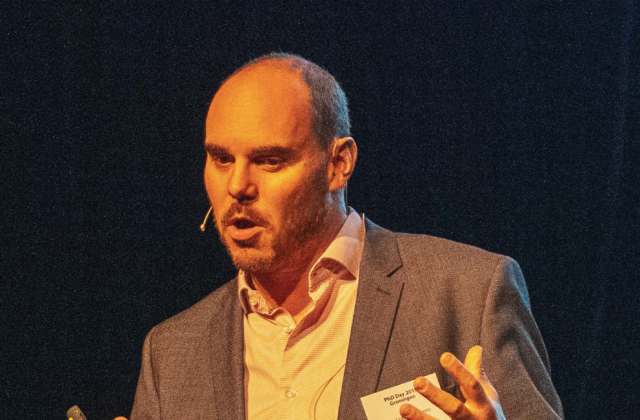Lobo-Guerrero, Luis
Individual Fellow

Sixteenth Century Hispanic Globality as a Connectivity Effect
Research Question
How did the Hispanic imperial experience of the sixteenth century shape a Western modern spatial imaginary?
Project Description
Between 1480, Bartolomeu Diaz’s trip to the Cape of Good Hope, and 1519-1521, Magellan-Elcano’s circumnavigation of the globe, an idea of globality began to colonise the imaginary of European universal order. By 1600, East India monopoly companies operated upon consolidated, if morphing, global spaces. Yet, little is understood about how these global spaces were constituted and the epistemological details of how they came about. This project explores such process from a connectivity perspective focusing on the Spanish imperial experience throughout the sixteenth century.
Selected Publications
Lobo-Guerrero, et.al. (eds.). Mapping, Connectivity, and the Making of European Empire. London: Rowman and Littlefield, 2021,
Lobo-Guerrero, et.al. (eds.). Imaginaries of Connectivity: The Creation of Novel Spaces of Governance. London: Rowman and Littlefield, 2019,
Lobo-Guerrero, Luis. Insuring War: Sovereignty, Security and Risk. London: Routledge, 2013.